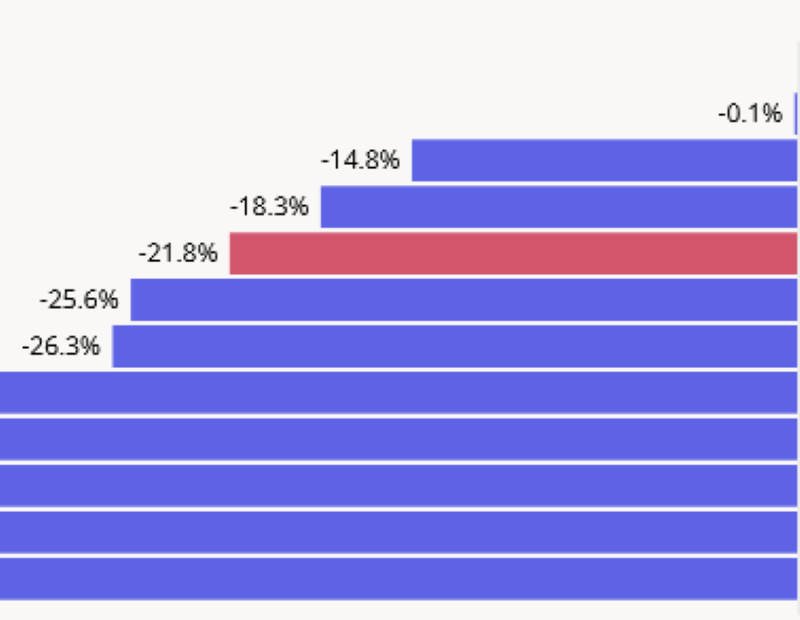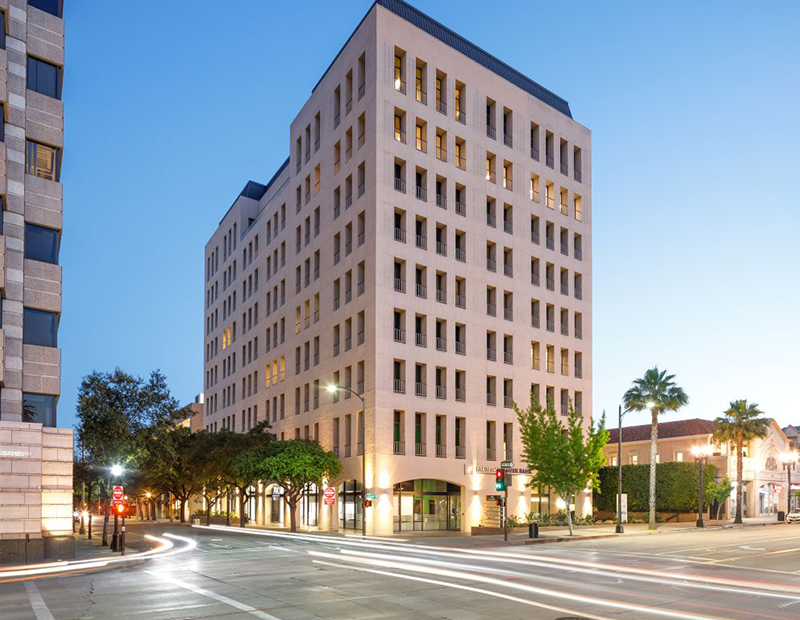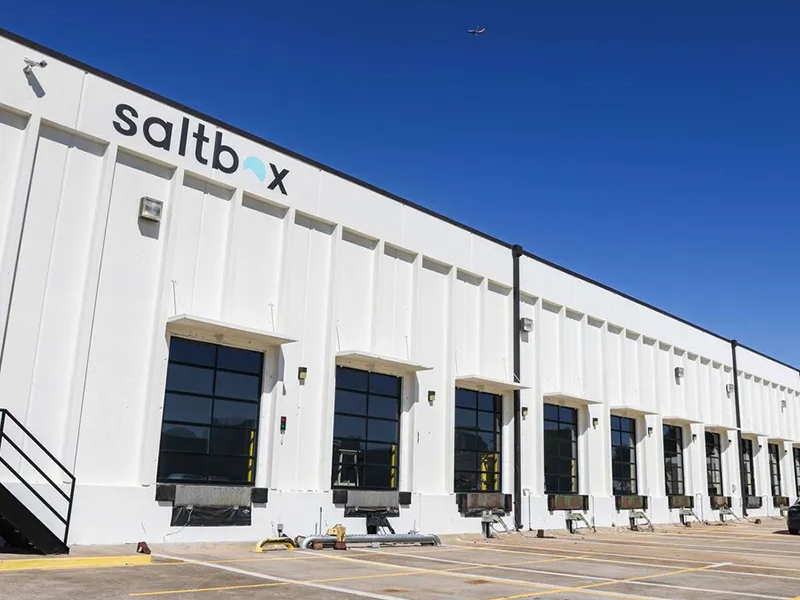Store-Within-A-Store Gets Owner Buy-In
Northmarq's Lanie Beck explores how landlords can help two retailers be successful under one roof.

A growing phenomenon in brick-and-mortar retail is the store-within-a-store or shop-within-a-shop business model, where one retailer leases a section of its floor space to another retailer. Case in point: the ongoing strategic partnership between Target and Ulta Beauty since 2020, in which the latter operates “mini-shops” within select locations of the former.
The store-within-a-store concept isn’t new. Department stores like Marshall Field’s in Chicago and Harrods in London allowed select brands to set up shop within their locations starting in the early 20th century. However, the trend is becoming increasingly commonplace across the retail industry due to competition from e-commerce retailers and ever-changing consumer habits.
LIKE THIS CONTENT? Subscribe to the Capital Markets Newsletter
Industry research into the store-within-a-store (SWAS) concept has been scarce. However, we can observe a number of benefits for retail landlords, brands and consumers.
For retail landlords:
- SWAS can increase foot traffic and revenue streams for the primary retailer (or landlord), allowing them to capitalize on another retailer’s name and customer base.
- The SWAS concept enables a landlord to differentiate itself from competitors by offering a brand partnership that utilizes a second retailer’s reputation and target audience.
For brands:
- Brands benefit from the SWAS model by getting their products in front of another retailer’s already established customer base.
- The store-within-a-store concept may offer a lower investment risk for brands compared to setting up standalone stores, especially if the primary retailer already has high foot traffic and a strong reputation.
For consumers:
- SWAS offers a more convenient shopping experience because consumers can visit two retailers in the same physical space, saving them time and effort.
- This unique retail experience can’t be replicated online, allowing consumers to browse and purchase products in a single real-world location.
Challenges and considerations of SWAS
Friction can exist between landlords and brands, especially regarding rent, control over customer data and product display rules. Because of this, many SWAS collaborations have experienced challenges. Take Target and Starbucks, for example. In the early days, the latter struggled to integrate with the former’s customer flow and store layout. However, the retailers have since realigned their goals, resulting in a more successful partnership.
Constant innovation is critical for both primary and secondary retailers to keep the SWAS concept fresh and engaging. This may involve a brand offering exclusive products in a landlord’s store or incentivizing consumers to visit a SWAS space. For example, Target Circle members can earn perks and reward points by shopping at an Ulta Beauty located within a Target store.
The store-within-a-store concept is a growing trend because of its ability to generate revenue and foot traffic, align customer bases and enhance the consumer experience.
Despite many success stories, not all SWAS partnerships work. Retailers must align their visions and execute their strategies cautiously to benefit everyone. One thing’s for sure: Store-within-a-store will continue to have a place in the future of retail, allowing retailers to capitalize on each other’s strengths.
Lanie Beck is senior director of content & marketing research at Northmarq.







You must be logged in to post a comment.